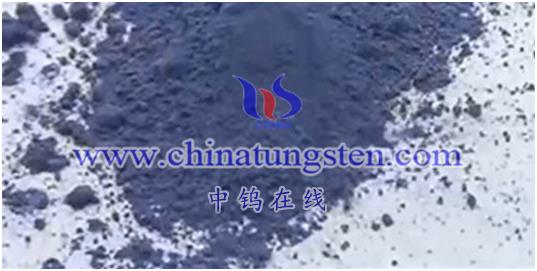
The van der Waals forces on the surface of tungsten oxide particles are a kind of intermolecular interaction force, mainly composed of electrostatic attraction and electrostatic repulsion. These forces are due to the motion of the electron cloud. Van der Waals force not only exists on the surface of tungsten oxide particles, but exists between all molecules and objects. Van der Waals forces can be divided into several types, the most important of which are:
Gravitational dispersion forces on the surface of tungsten oxide particles
Also known as London forces (London forces), are due to instantaneous charge. The movement of electrons within a molecule results in temporary polarized charges, which in turn induce interaction forces with the polarized charges of other molecules.
Dipole-dipole interactions on the surface of tungsten oxide particles
When a molecule has a permanent dipole moment, electrostatic interactions occur between its positive and negative charges. This interaction force works between polar molecules.
Polarization-induced forces on the surface of tungsten oxide particles
Interaction forces arise when the charge distribution of one molecule is affected by the electrostatic field of another molecule. This interaction force works between polar and nonpolar molecules.
These van der Waals forces play an important role in the microscopic environment on the surface of tungsten oxide particles, affecting particle aggregation, structural stability, and interactions with other particles or molecules.
More details of tungsten oxide product, please visit website: tungsten-oxide.com
Please contact CHINATUNGSTEN for inquiry and order of tungsten oxide:
Email: sales@chinatungsten.com
Tel.: 86 592 5129595






